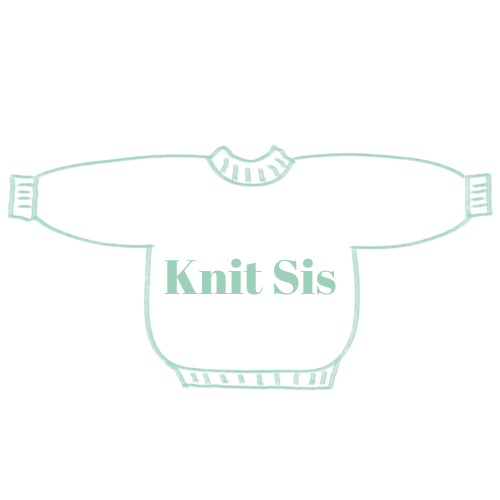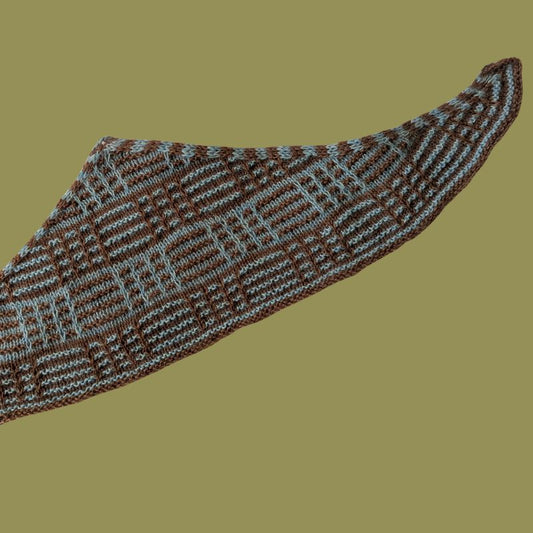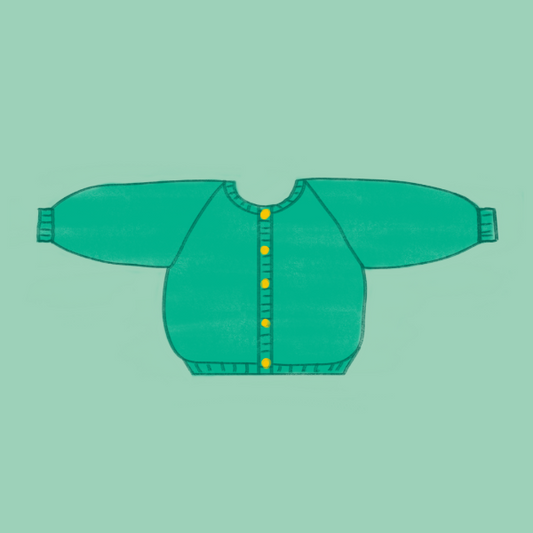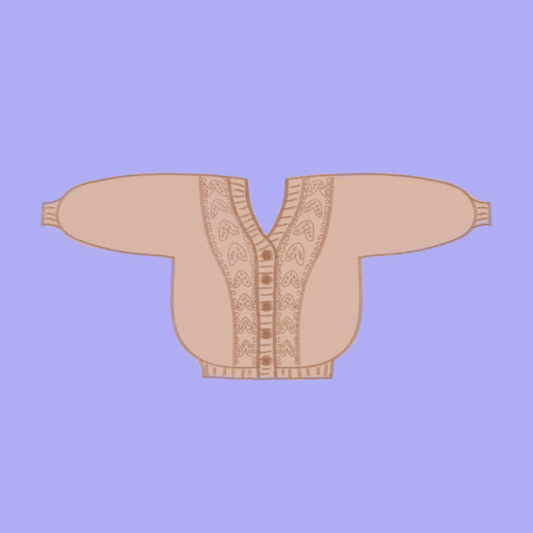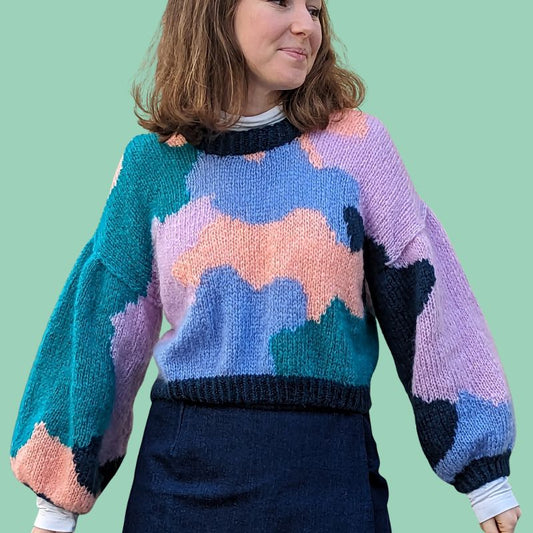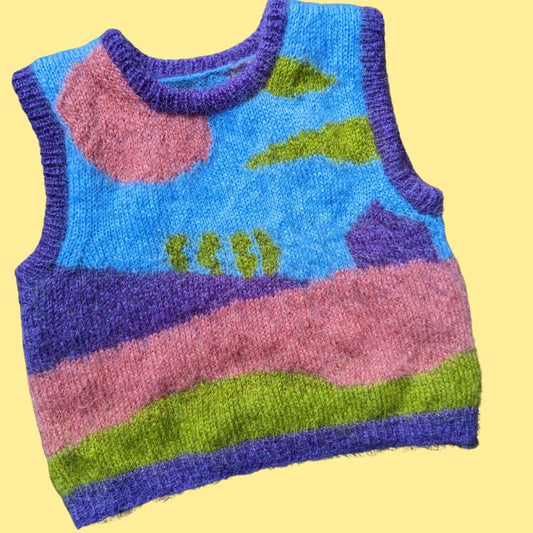🧶 How to block your knitting: techniques for a perfect result (even if you're a beginner)
Knit SisShare
You've finished your knitting project, but the result isn't clear? The secret to a result worthy of a professional pattern... is blocking !
Why do you need to block your knitting? (and why 90% of beginners skip this step)
Many knitters (even experienced ones!) neglect the blocking step . However, it radically transforms a project: regular stitches, easier sewing, stabilized shape... it's the secret weapon of knitters who want a professional finish.
👉 Whether you have knitted a jersey top like the Coquelicot , or a jacquard sweater like the Splashie , blocking enhances every detail .
✨ What is blocking in knitting?
Knitting blocking is a finishing technique that involves moistening a piece of fabric and then shaping it with pins or a support, in order to fix its size, smooth the stitches and improve the final result.
The 3 Blocking Techniques (and When to Use Them)
🧼 1. Wet blocking (the classic method)
🔹For whom? All levels.
🔹Ideal for: jersey, ribs, lace (e.g.: Aude vest ).
🔹Material: stainless steel pins, terry towel, blocking mat.
🔹Steps:
1️⃣ Soak the item in lukewarm water with a little mild detergent.
2️⃣ Squeeze without wringing, then roll in a towel.
3️⃣ Spread the work flat and pin it to the desired shape.
⏱ Drying time: 24 to 48 hours.
🌫 2. Steam blocking (the quick method)
🔹Who is it for? Intermediate knitters.
🔹Ideal for: wool sweaters like the Doudou Sweater or the Strippie Sweater .
🔹Material: steam iron, wet towel.
🔹Steps:
1️⃣ Place the knitting on a flat surface covered with a towel.
2️⃣ Steam (without pressing) over the knit.
3️⃣ Let cool before handling.
🚨 Caution: Never touch the wool directly with the iron.
🔥 3. Spray blocking (the touch-up method)
🔹For whom? Beginners.
🔹Ideal for: small accessories or to adjust a detail (e.g.: straps of the Coquelicot Top ).
🔹Materials: spray bottle, mat, pins.
🔹Steps:
1️⃣ Place your work flat.
2️⃣ Lightly spray with water.
3️⃣ Pin in the desired shape and let dry.
💡 Perfect for correcting a small defect or fixing a curled edge.
FAQ – Your questions about blocking
❓ Should I block an acrylic knit?
👉 No, acrylic does not respond well to wet blocking. Use a very light steam blocking if necessary.
❓ Should we block a knit before assembly?
👉 Yes! It's even highly recommended , especially for pieces like the Marguerite Vest or the Mon Amour Sweater . The seams will be cleaner and easier to do.
🧵 Knit-Sis Bonus: Our patterns that reveal all their beauty after blocking
Here are some models where blocking makes all the difference:
🔹Aude Vest : the openwork patterns stand out beautifully after blocking.
🔹Twist and Shout Vest : the twists gain definition.
🔹Mondrian Pull : Blocking fixes the color blocks and stabilizes the lines.
🔹Marguerite vest : the lace is highlighted.
💡 Pro tip: Invest in blocking combs
Blocking wires ( soft metal wires) are ideal for achieving perfectly straight edges, especially for openwork shawls or cardigans. An inexpensive, but highly effective accessory .
🚀 In conclusion: don’t skip this magical step!
Blocking is the final step that transforms a simple piece of knitting into a unique work . With a little water, patience, and the right techniques, you can achieve a professional level, even if you're a beginner.
✨ Want to test your new skills?
Discover our free pattern : Coquelicot Top – ideal for learning to block gently
But also take a look at the rest of our knitting patterns
